Five women who completely changed history in nuclear science.
March 24, 2023The nuclear energy sector is a male-dominated field and an international report by the Nuclear Energy Agency is calling for more diversity in the industry as we strive to meet the world’s net-zero goals.
According to the report, women make up less than 25% of the nuclear workforce despite making significant contributions to the field.
That’s what makes the achievements of the five women below even more impressive.
Without their groundbreaking research and expertise, nuclear energy might not be powering our lives the same way as it does now.
Here are five women who completely changed history in nuclear science.
1. Marie Curie
Physicist Marie Skłodowska-Curie (1867-1934) was the first of three generations of women in nuclear science. She was the first woman to be awarded a Nobel Prize and the first individual to be awarded two Nobel Prizes in two different scientific categories (a record that still stands today). Curie and her husband Pierre discovered the element radium. Their scientific teamwork led to the discovery of radioactivity and laid the foundation for modern-day cancer treatments. During World War I, she also invented mobile X-ray units and trained women to understand the technology to help wounded soldiers.
Curie’s daughter, Irene Joliot-Curie (1897-1956) followed in her footsteps by winning a Nobel Prize in chemistry that she shared with her husband Frédéric for discovering the first artificially created radioactive atoms. This paved the way for innumerable medical advances, including cancer treatment and biomedical research. Irene’s daughter Hélène Langevin-Joliot (1927-present) is a retired professor of nuclear physics.
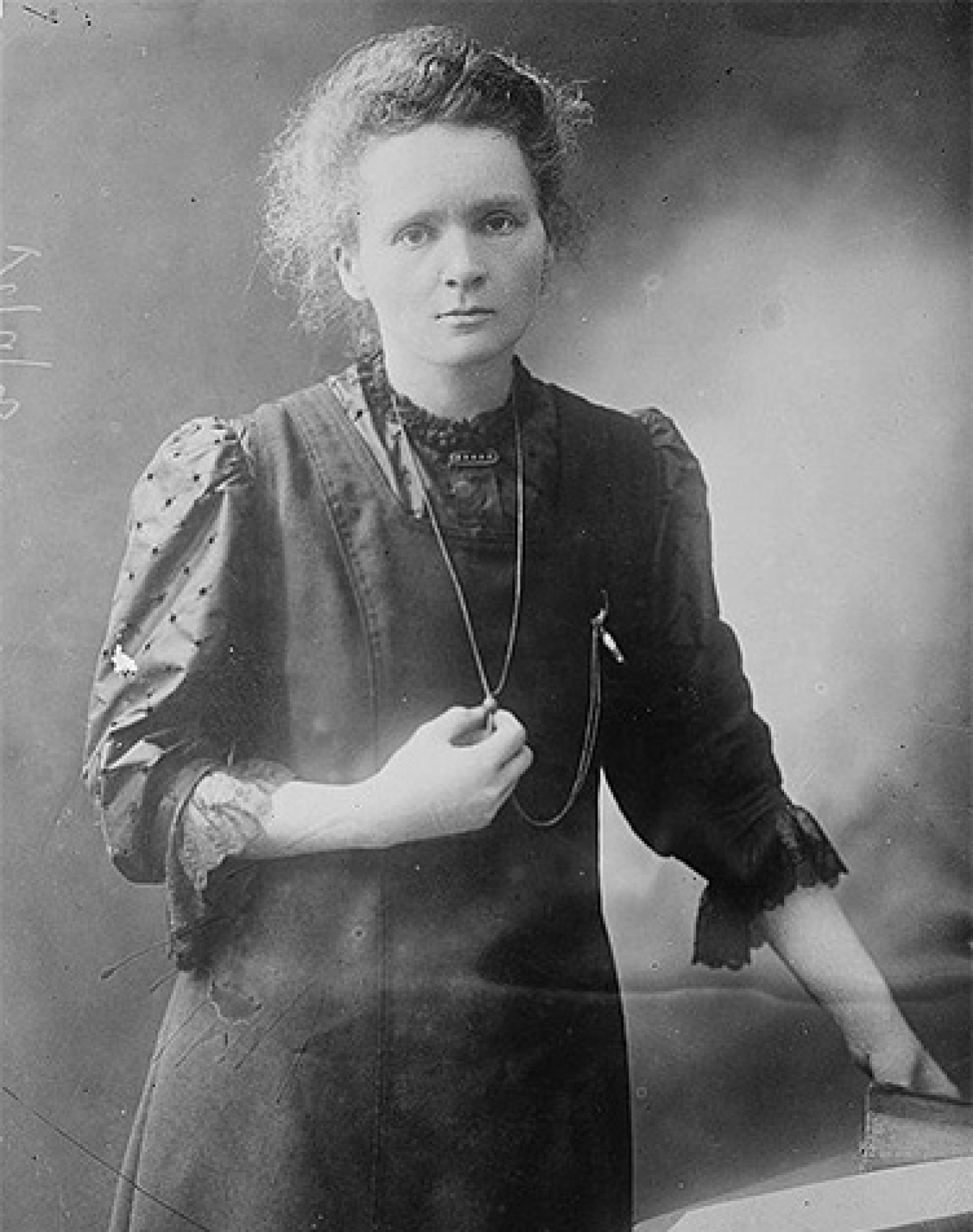
Marie Curie. Image courtesy of the Library of Congress.
2. Lise Meitner
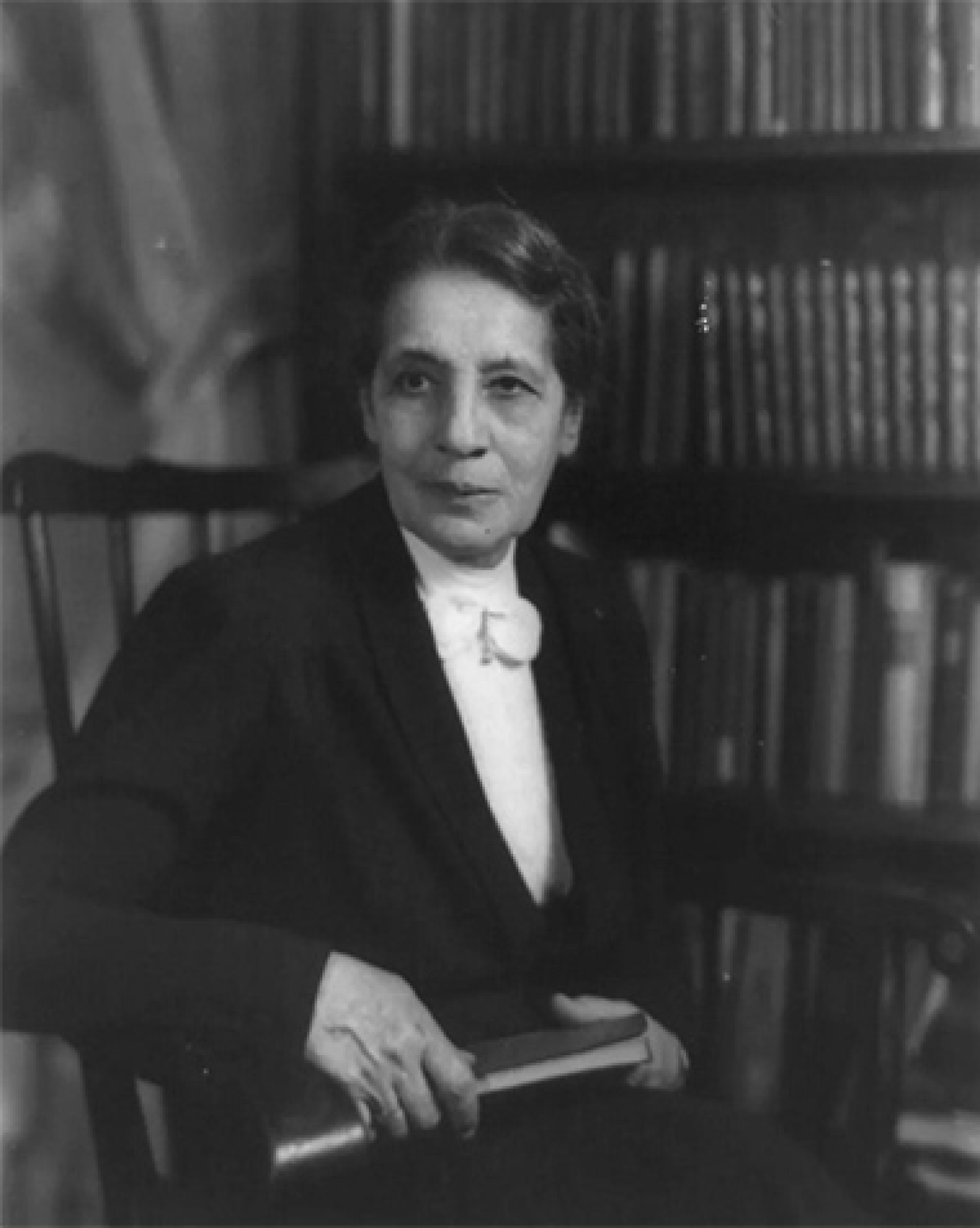
Lise Meitner. Image courtesy of the Library of Congress.
Physicist Lise Meitner (1878-1968) is one of the most significant woman scientists of the 20th century for her discovery of nuclear fission. Meitner was the first female professor of physics in Germany and helped discover the radioactive element protactinium although her colleague, chemist Otto Hahn, received full credit for making this Nobel Prize-winning discovery. In 1966, right before her passing, the U.S. Department of Energy awarded her (along with Hahn) the Enrico Fermi Award for excellence in research in energy science and technology that benefits mankind. In 1997, the chemical element 109 was named Meitnerium in her honor.
3. Katharine Way
American physicist Katharine Way (1902-1995) is best known for establishing the Nuclear Data Project, an effort to organize and share nuclear data. She was also one of Manhattan Project’s leading female scientists during World War II, and later, a professor of physics at Duke University. Her scientific contributions include the “Way-Wigner formula” that was developed with physicist Eugene Wigner and calculates the beta decay rates of fission products. In addition to authoring numerous papers on nuclear data, she also helped launch the scientific journals Nuclear Data Sheets and Atomic Data and Nuclear Data Tables.
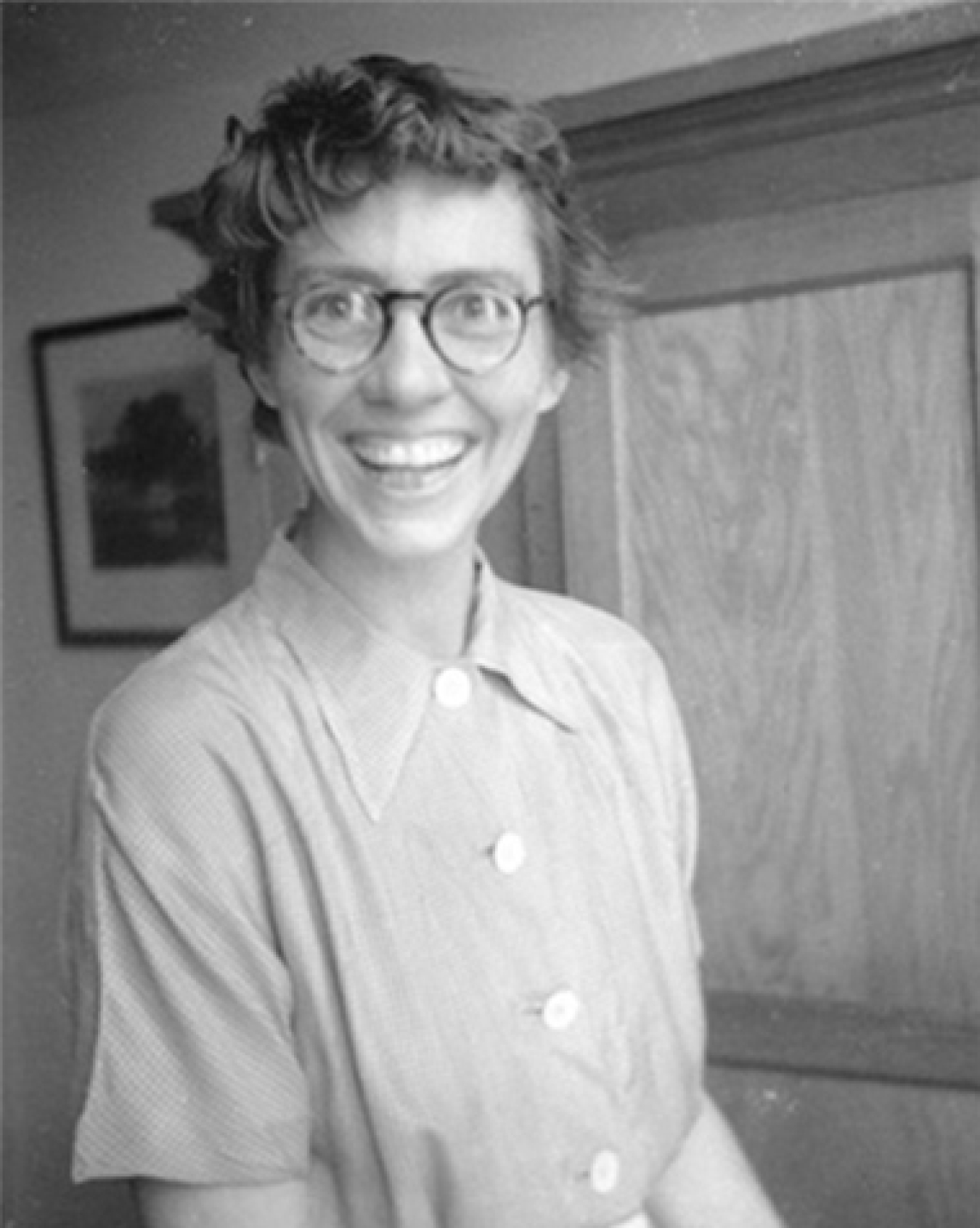
Katharine Way. Image courtesy of the National Museum of Nuclear Science and History.
4. Chien-Shiung Wu
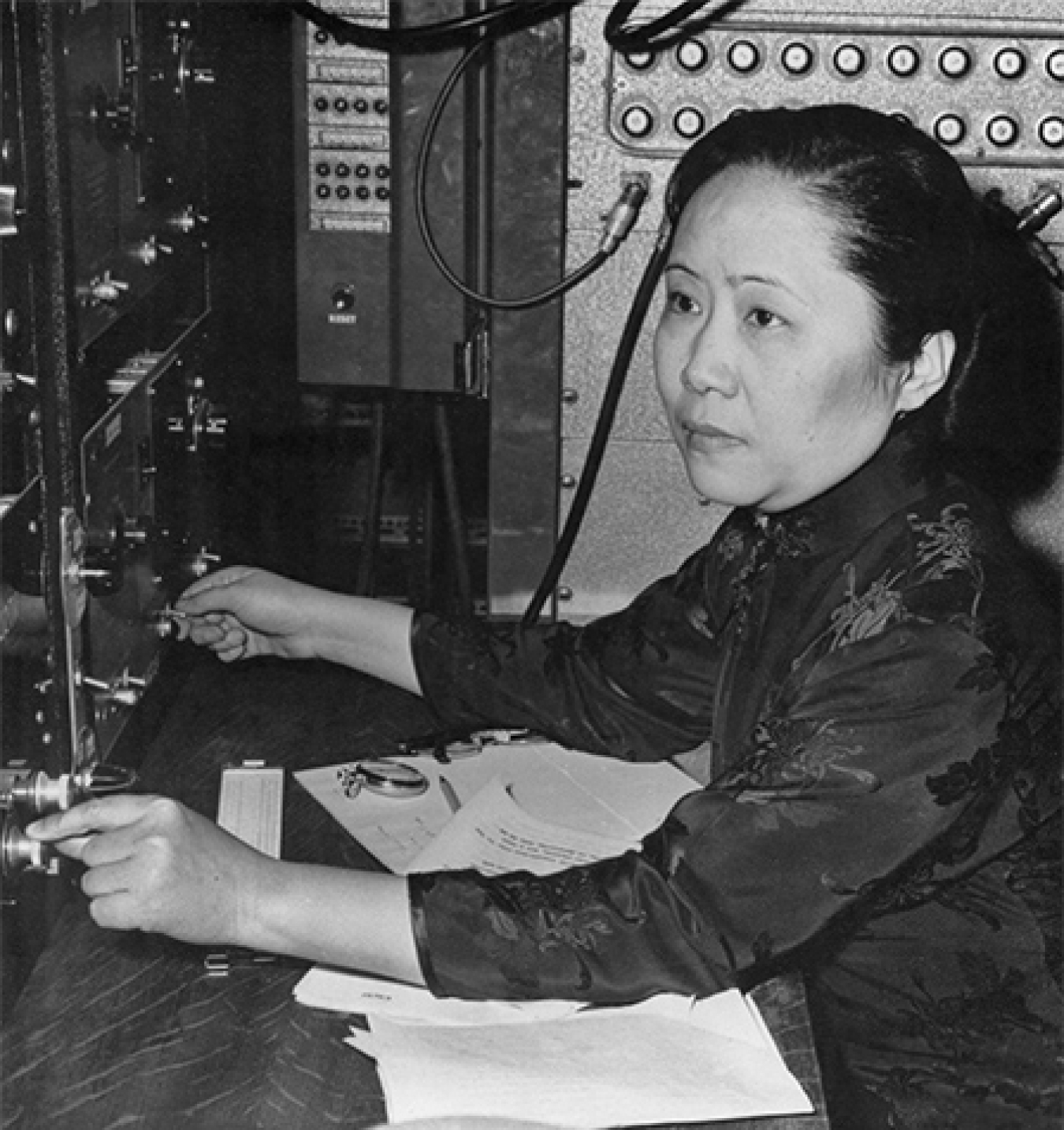
Chien-Shiung Wu. Image courtesy of Smithsonian Institution.
Physicist Chien-Shiung Wu (1912-1997), whose name means “courageous hero,” is known for her contributions in the fields of nuclear and particle physics. She was the first female instructor in the physics department at Princeton University and the first living scientist to have an asteroid named after her. Wu worked on the Manhattan Project during World War II and was passed over for a Nobel Prize for her the famous “Wu Experiment” based on the beta decay of cobalt-60 that shattered a fundamental concept of nuclear physics that had been accepted for more than 30 years.
5. Leona Woods Marshall Libby
Physicist Leona Woods Marshall Libby (1919-1986) also had ties to the Manhattan Project. She was the youngest person and only woman on the team responsible for the world’s first controlled nuclear chain reaction at Chicago Pile-1. CP-1 was the world’s first nuclear reactor to go critical and fueled future research by the Energy Department’s national laboratories to help develop early naval and nuclear reactors.
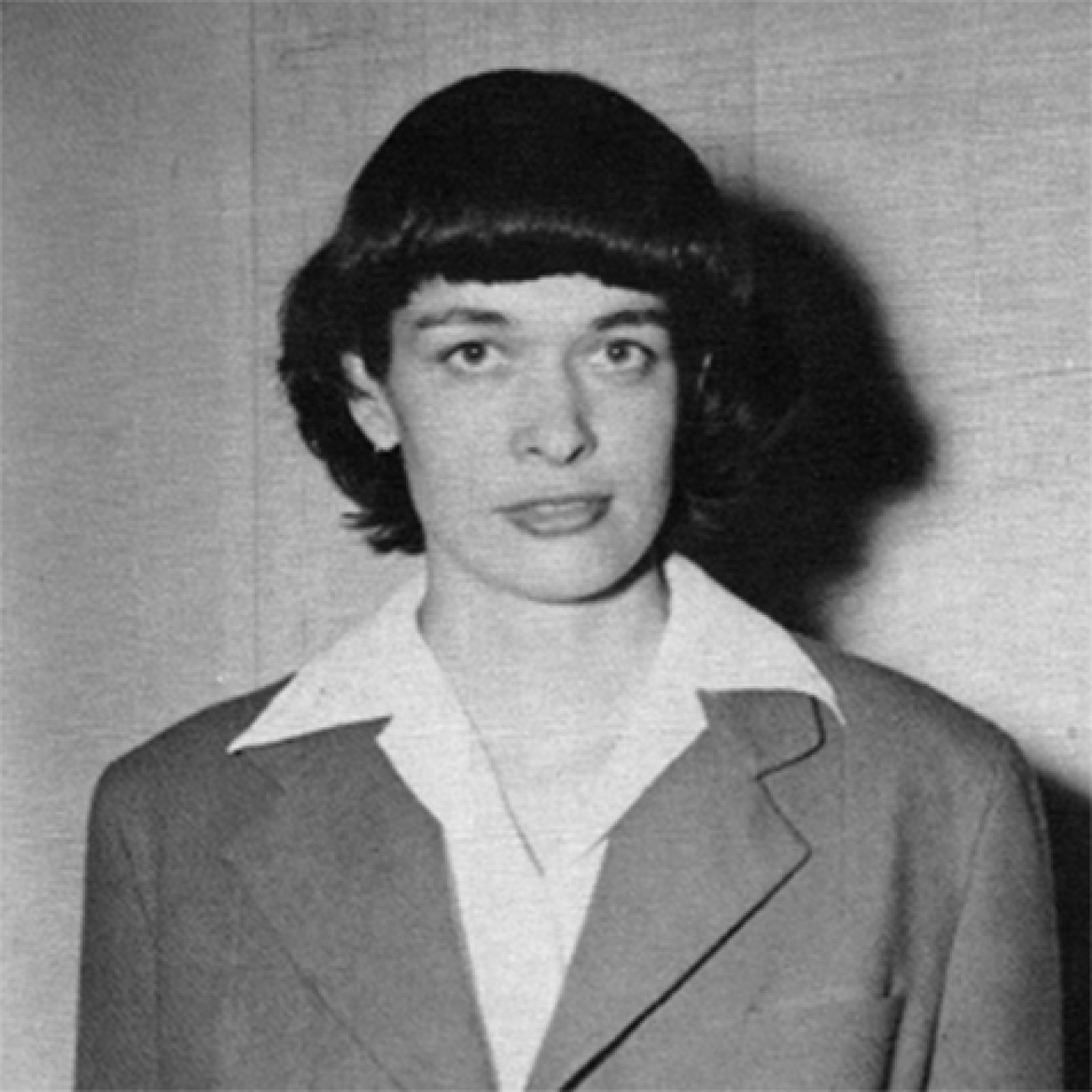
Leona Woods Marshall Libby. Image courtesy of National Women's History Museum.
Forging Ahead
Despite the incredible trail these women have blazed in nuclear science, the visibility of women in the nuclear sector remains low.
So now what?
The U.S. Department of Energy (DOE) is committed to building a diverse workforce by training and preparing the next generation of STEM professionals and skilled workers to deliver on its mission.
DOE recently launched DOE STEM to share, improve, and increase accessibility to all that DOE has to offer for training, educating, and engaging with STEM students, educators, professionals, and skilled workers.
The Department is also sponsoring the International Atomic Energy Agency’s new Lise Meitner Programme. Women in nuclear can apply for the opportunity to participate in a professional development program in the U.S., visit nuclear facilities, meet with experts in the field, and benefit from in-depth, technical and leadership activities.
The first cohort of the Meitner Programme is being funded by DOE’s Office of International Nuclear Energy Policy and Cooperation, which collaborates with international partners to support the safe, secure, and peaceful use of nuclear energy.

